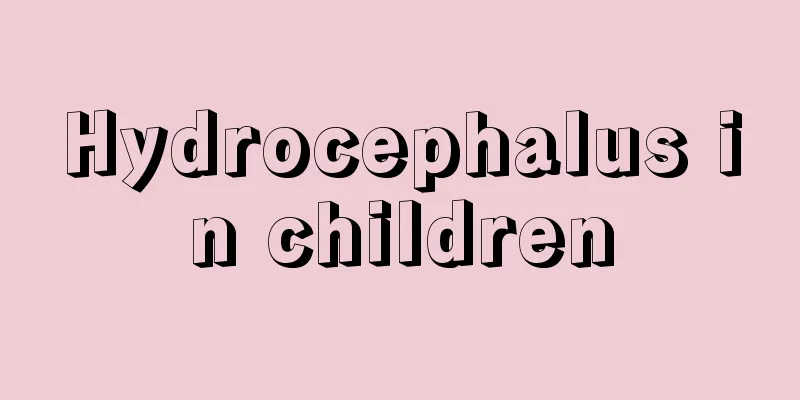What are the early symptoms of vitiligo in children?

|
We all know that children's physical growth and development are very fast, and their immunity is very poor, so they are always prone to some diseases. Among them, vitiligo is a very common skin disease. It will not cause any pain, but serious development will seriously affect the image, and even in the process of children's growth, they will always be abnormally serious, which will cause children to lack more and more self-confidence. If you can grasp the symptoms and treat them in time, you can get good control. Let's take a look at the early symptoms of vitiligo in children. What are the early symptoms of vitiligo in children? 1. It can occur at any age, and about half of the cases occur before the age of 20. It can occur on any part of the skin of the body, but it is more common on the face, neck, forearms and back of the hands. Irregular white patches of varying sizes, single or multiple, appear on the skin, oral cavity, and external genital mucosa of the human body. The area of the white patches gradually expands and the number increases. Some patients only have 1 to 2 clearly defined patches, while others may affect most parts of the body. Different degrees of depigmentation will show different tones, which can be as many as 3, namely, white, grayish white, and nearly normal skin color from the inside to the outside. Some turn completely white. The surrounding skin is reddish or grayish white. The hair in the white spots may turn white or normal. 2. Generally speaking, the boundaries between white spots and normal skin are clear, but if the white spots are in the progressive stage, the edges may appear blurred. In some cases, a diffuse halo with a color between normal skin and white spots may appear around the white spots. The hair in white spots can be white, normal, or black and white. The treatment effect is relatively poor for those with white hair. After exposure to the sun, erythema or even blisters are likely to appear, and there will be burning pain. After inflammation, the white spots may be larger than the original area. There may be mucosal pigmentation, most common on the lips and secondarily on the external genitalia. The ocular pigment system may also be affected, often manifesting as retinal abnormalities or leopard-like fundus, which generally does not affect vision. Chronic course. Sustainable for a lifetime. type 1. Classification by characteristics Clinically, white spots are generally divided into five types according to their morphology, location, range and treatment response. (1) Localized type: white spots are solitary or concentrated in a certain area. (2) Scattered type: The white spots are scattered and vary in size, but are mostly distributed symmetrically. (3) Generalized type: The total area of white spots is more than 1/2 of the body surface area. (4) Acrofacial: White spots first appear on the extremities of the human body (face, fingers, and toes), and are mainly distributed in these areas. A few cases may be accompanied by generalized white spots on the body. (5) Segmental type: white spots are distributed according to the dermatomes or a certain nerve distribution area. 2. Classification by stage of disease (1) Progressive stage: The number of white spots increases, and the original white spots gradually migrate and expand toward the normal skin, with the boundaries becoming blurred. It is often seen that the white spots expand due to the strong stimulation of topical drugs. Many patients may also suffer from mechanical stimulation, such as pressure, friction (such as tights, tight bras, belts, menstrual belts, hernia supports, etc.), which may cause white spots to appear on the previously normal skin, or cause the original white spots to expand and cause the isomorphic reaction phenomenon. Other forms of local irritation, such as burns, sunburn, frostbite, radiation exposure and infection, may also cause this reaction, and may even cause skin lesions to spread throughout the body. Isomorphic reaction was positive. (2) Stable stage: The white spots stop developing, the boundaries are clear, and the pigmentation at the edges of the white spots deepens. During this stage, the vitiligo will not show any isomorphic reaction due to external medications or mechanical stimulation. Therefore, you can choose a more irritating external medication with photosensitizing effects to promote the transformation of the stable stage of vitiligo to the improvement stage. In the improvement stage, the boundaries of the white spots are clear, the pigmentation of the edges deepens, and pigment bands appear. The latter gradually penetrate into the center of the white spot and cause the white spot to shrink, or scattered or island-like pigment areas appear around the pores in the white spot, and the number of white spots gradually decreases. The above is an introduction to the early symptoms of vitiligo in children. After understanding this, we hope that parents can pay more careful attention to their children's physical changes when taking care of their children. Once there are phenomena such as pale skin, they should go to the hospital for examination and diagnosis in time, and do not take medication blindly. |
<<: What to do if your one-year-old baby has indigestion
>>: What is the reason for the sweaty palms of a 2-year-old baby?
Recommend
Child accidentally ingested trace amounts of rat poison
Rat poison is a drug with many chemical component...
What fruit is good for children with sore throat?
Children often suffer from sore throats due to ge...
Causes and treatments for a 40-degree fever in a child
Next, we will introduce to you the causes and met...
Children's cough folk remedies detailed introduction
Coughing is a common phenomenon among children, e...
Symptoms of jaundice in babies, yellow skin
If a baby develops jaundice, the symptoms of phys...
What should children with poor eyesight eat?
Nowadays, many children suffer from myopia or hyp...
Can I use medicine to abort my pregnancy after 28 days?
Generally speaking, the best time for a woman to ...
What to eat for a four month old baby
We all know that breast milk is the most natural ...
Why do children’s nails turn white? Young mothers must watch
The symptom of white nails may also occur in chil...
Is it good for children to drink soy milk?
Soy milk has always been a nutritious product in ...
What foods are good for children to eat to nourish their brains?
Children's immune systems and organ developme...
Introduction to the sequence of puberty development in boys
Whether it is a boy or a girl, when they reach pu...
What is the reason why newborns cannot sleep well at night?
Newborns’ restless sleep at night is a problem th...
What are the developmental indicators for a four-month-old baby?
Four months is the most critical period for a bab...
Red rash on children's chin
If your baby has a lot of red rashes on his chin,...









